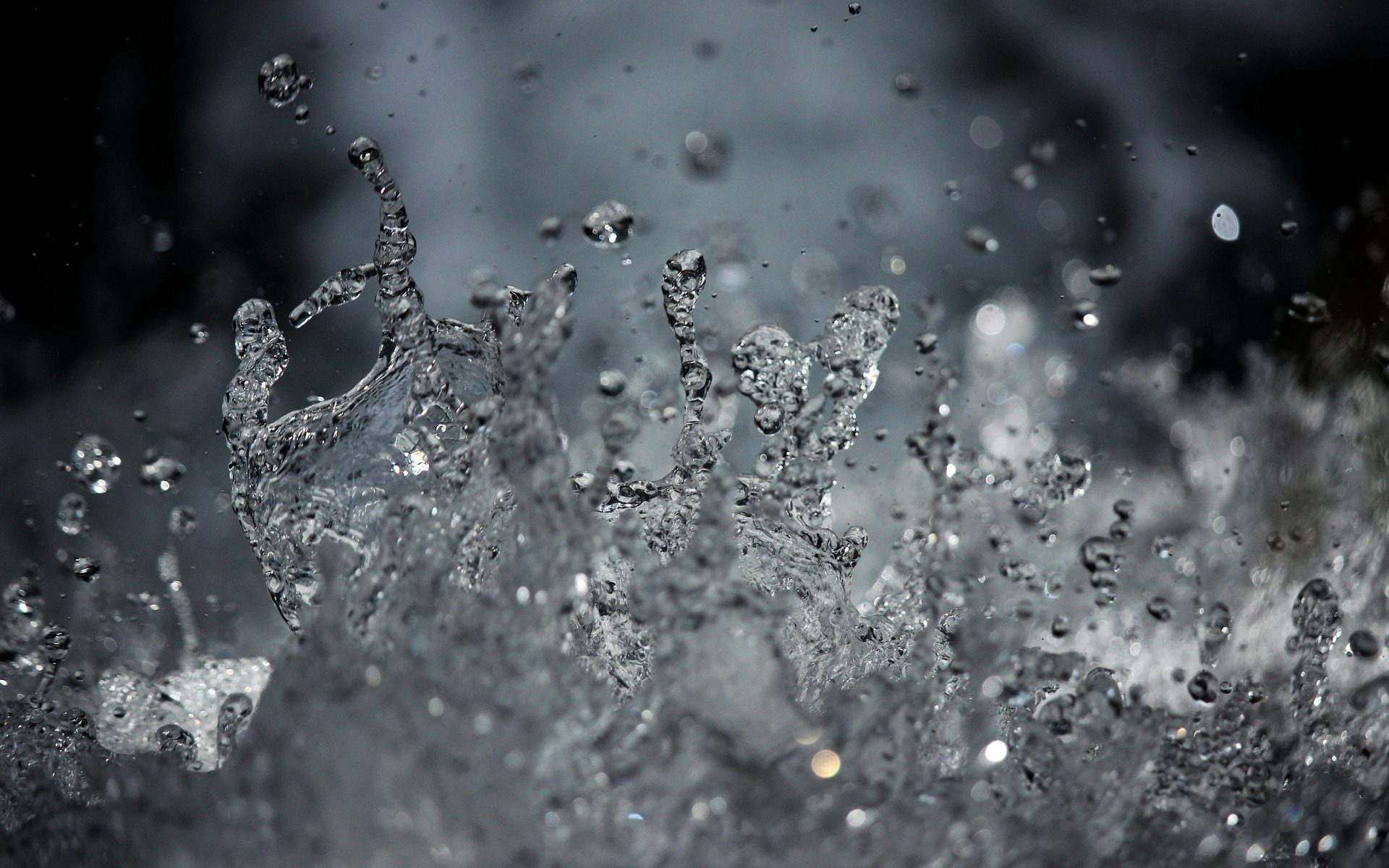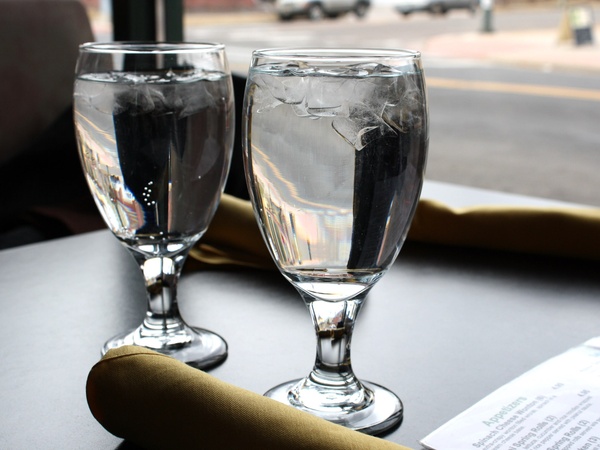By Peter Gleick, President
California, and much of the southwestern US, is in a severe drought. Again.
And as appropriate, there is growing debate about what we, as citizens, communities, corporations, and governments should do to tackle water shortages and the bigger question of sustainable water policy. Suggestions range from the large-scale and comprehensive (build more dams, transfer more water from farther and farther away, rethink the entire agricultural sector, use high-quality treated wastewater to meet certain needs) to the small-scale and local (replace your lawns and inefficient water-using fixtures, stop washing your car, turn off the water when brushing your teeth). All of these things are worth considering; plenty of them are worth implementing.
Recently, Don Cheadle (the great actor and producer, anti-genocide activist, and environmental ambassador) tweeted: “Tweeps, next time you’re at a restaurant please inform your waiter that you will ASK for water and not to automatically pour. #noautowater”

Mr. Cheadle’s tweet [I know society thinks using first names of famous people is ok, but I’m not going to presume…] produced a range of responses, including several from people who felt that this recommendation was a tiny and insubstantial gesture, or a “first world problem,” or didn’t understand why this might help a water problem as severe as we’re experiencing.
The Pacific Institute has done extensive and groundbreaking research over the past 25 years on a wide range of water, climate, energy, and environmental issues. A major focus of our work has been on how to use water more efficiently to do the things we want to do – a focus on “efficiency” and “productivity” – not deprivation. Our research has shown that we can save vast amounts of water in both agriculturaland urban settings without hurting our economy or lifestyle.
But behavior, information, cultural factors, and education also play a role in our water use. We could certainly have nice lawns while still using less water, but we could also get rid of our lawns and still have beautiful water-efficient gardens. We can have clean teeth and still turn off the water while we’re brushing.
All of these things help individuals and groups change behavior. Think about smoking: We made cigarettes expensive by taxing them to fund health and other programs, made public spaces off limits to second-hand smoke, and launched a massive public education campaign about the health dangers of smoking. These actions have been very effective at changing perceptions, preferences, and public behavior. Even those who still smoke now wouldn’t think of lighting up in an airplane, school room, or restaurant.
In the water world, if our choices and decisions and behaviors change in the direction of lower-water-using options, so much the better.
This gets me back to Mr. Cheadle’s suggestion: how much water would such a suggestion actually save, and why bother? So, here is a “back-of-the-envelope” estimate (feel free to do your own, with your own assumptions):
Assumptions
Water saved?
- The average American eats at a restaurant five time a week.
- Water is automatically delivered to your table by the wait staff.
- At the end of the meal, a half a glass of water (6 ounces) is left, undrunk.
But wait, all those glasses have to be washed as well:
- Commercial dishwashers use a wide range of water, but average around 4 gallons of water per rack, and a rack holds around 20 glasses.
Water left on the table: [315 million Americans; 260 restaurant meals a year; 6 ounces left on the table per meal; 128 ounces per gallon = 3.8 billion gallons per year]
Water needed to wash those glasses: [315 million Americans; 260 glasses of water per year; 20 glasses per dishwasher rack; 4 gallons to wash each rack = 16.4 billion gallons per year]
Under these assumptions, the total amount of water that could be saved nationwide is around 20 billion gallons of water a year. To use the silly but ubiquitous standard measure: this amount of water would fill 31,000 Olympic-sized swimming pools.
These savings are real: This is water someone won’t have to pay for, the water utility won’t have to collect, treat, and pump to you, and the wastewater utility won’t have to collect, treat, and throw away. And there are energy and ultimately climate costs as well to get that highly treated potable water to you, to wash the dishes, and so on.
In context, it is true that far, far more water could be saved by improving irrigation efficiency in the farm sector, or getting rid of our lawns, or replacing inefficient washing machines. We should do those things too – it is not one or the other. But we must not ignore the power of even modest individual actions, the educational value of raising awareness of the value and scarcity of water, and the importance of exploring all the options available to us.
And don’t get me started on bottled water in restaurants…



